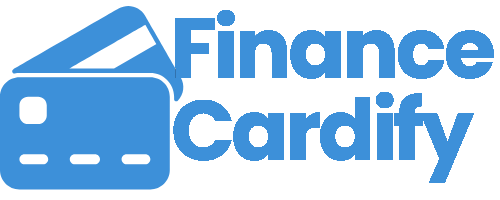In today’s complex financial landscape, understanding loans and credit is essential for achieving your goals, whether it’s buying a home, financing an education, or starting a business. The world of credit can seem daunting, but with the right knowledge and a strategic approach, you can use these tools to build a strong financial future. This guide will walk you through the fundamentals of loans and credit, helping you make informed decisions that serve your long-term interests.
Understanding the Basics: Loans vs. Credit
While the terms “loan” and “credit” are often used interchangeably, they represent two distinct financial products.
- A loan is a one-time lump sum of money provided by a lender to a borrower, which must be repaid over a set period with interest. The terms of a loan, including the interest rate and repayment schedule, are fixed at the time the loan is granted. Common types of loans include mortgages, student loans, and auto loans.
- Credit, on the other hand, is a line of borrowing power that you can use, repay, and reuse up to a certain limit. A credit card is the most common example. You have a maximum credit limit, and you can borrow against it as needed, paying back the amount you use. Unlike a loan, the balance on a credit card can fluctuate.
The Cornerstone of Your Financial Reputation: Your Credit Score
Your credit score is a three-digit number that tells lenders how likely you are to repay borrowed money. It’s a key factor that determines whether you’ll be approved for loans and credit, and what interest rate you’ll be offered. The higher your score, the lower the perceived risk to lenders, and the better the terms you’ll receive.
Several factors influence your credit score:
- Payment History (35%): This is the most critical factor. Paying your bills on time, every time, is the single best way to improve and maintain a good credit score.
- Amounts Owed (30%): Lenders look at your credit utilization ratio—the amount of credit you’re using compared to your total available credit. Keeping this ratio low (ideally below 30%) signals that you are not over-relying on credit.
- Length of Credit History (15%): The longer your accounts have been open and in good standing, the better.
- New Credit (10%): Opening multiple new credit accounts in a short period can be a red flag to lenders.
- Credit Mix (10%): Having a mix of different types of credit (e.g., a credit card and a car loan) can be seen as a positive.
Choosing the Right Loan for Your Needs
When you need to borrow money, it’s crucial to select the right type of loan for your specific situation.
- Mortgages: Used to finance a home purchase. They come in various forms, including fixed-rate mortgages (where the interest rate remains the same for the life of the loan) and adjustable-rate mortgages (where the interest rate may change over time).
- Student Loans: Designed to cover educational expenses. Federal student loans often offer more flexible repayment options and lower interest rates than private student loans.
- Auto Loans: Used to finance the purchase of a vehicle. The car itself serves as collateral, meaning the lender can repossess it if you fail to make payments.
- Personal Loans: These are typically unsecured, meaning they don’t require collateral. They can be used for various purposes, such as consolidating high-interest debt, funding a wedding, or covering an emergency expense. Interest rates on personal loans can vary widely based on your credit score.
Strategies for Responsible Credit Use
Building a strong financial foundation requires responsible credit management.
- Pay on Time, Every Time: Set up automatic payments or calendar reminders to ensure you never miss a due date. Late payments can severely damage your credit score.
- Keep Credit Utilization Low: Aim to use less than 30% of your available credit on each card. For example, if you have a $5,000 credit limit, try to keep your balance below $1,500.
- Regularly Monitor Your Credit Report: You are entitled to a free credit report from each of the three major credit bureaus (Equifax, Experian, and TransUnion) once a year. Check your reports for any errors or signs of fraudulent activity.
- Avoid Unnecessary Debt: Before taking on new debt, ask yourself if it’s a “good” or “bad” debt. Good debt, like a mortgage or student loan, can help you build long-term wealth. Bad debt, such as high-interest credit card debt for non-essential purchases, can be a major financial drain.
Conclusion: Empowering Your Financial Future
Navigating the world of loans and credit is a fundamental skill for anyone seeking financial independence. By understanding the difference between loans and credit, the importance of your credit score, and how to use these tools responsibly, you can make smarter financial decisions that lead to long-term stability and success. Remember, credit is a tool, and like any tool, its power lies in how you use it. Use it wisely, and you’ll be well on your way to achieving your financial dreams.


